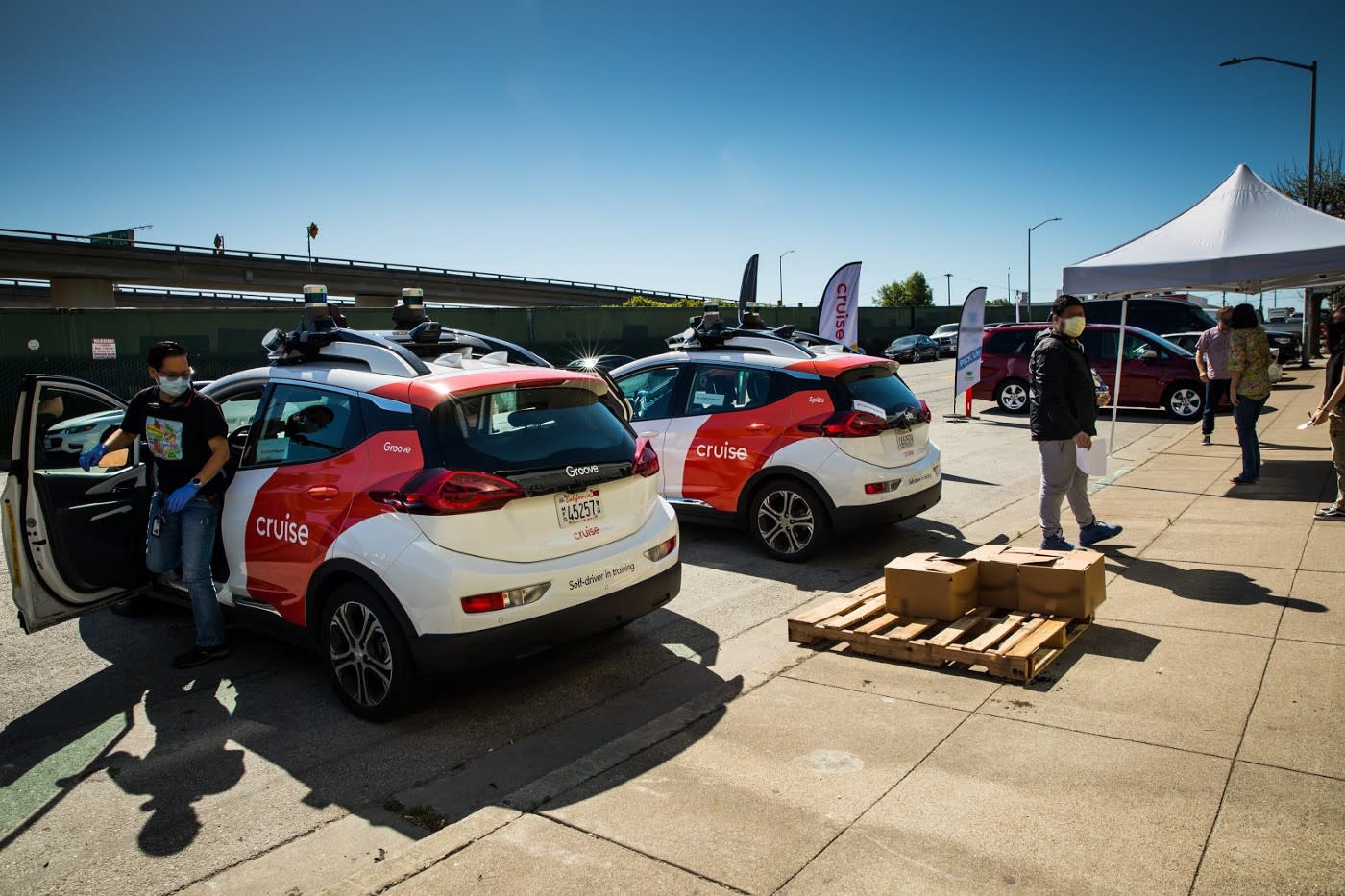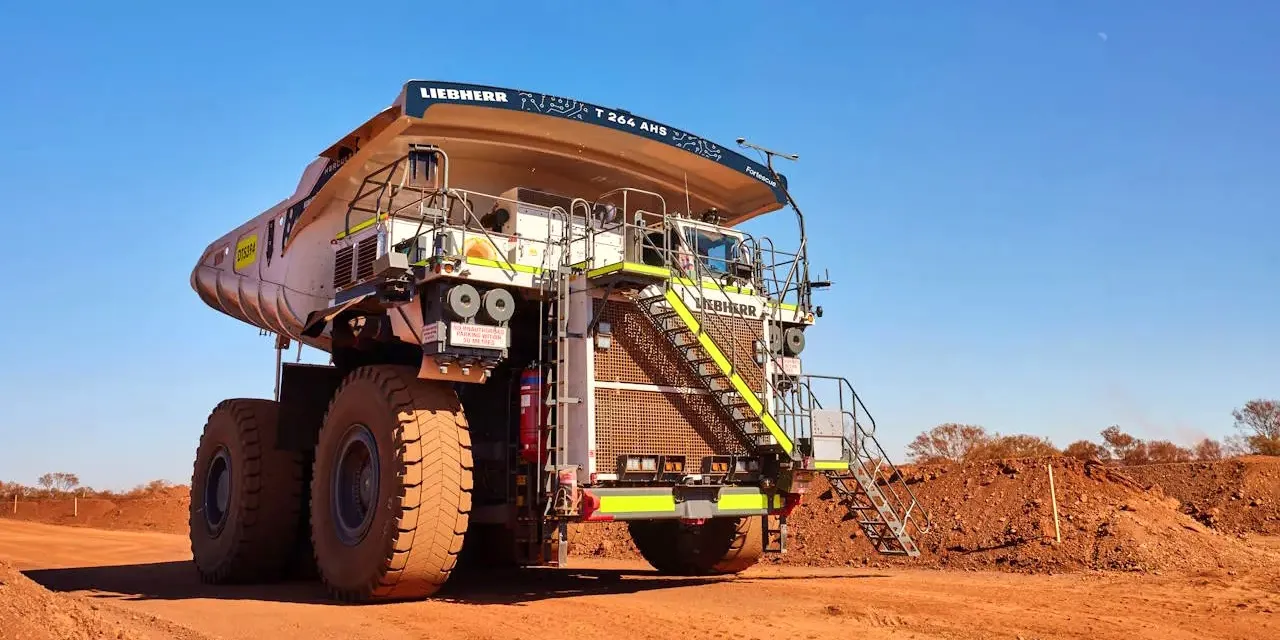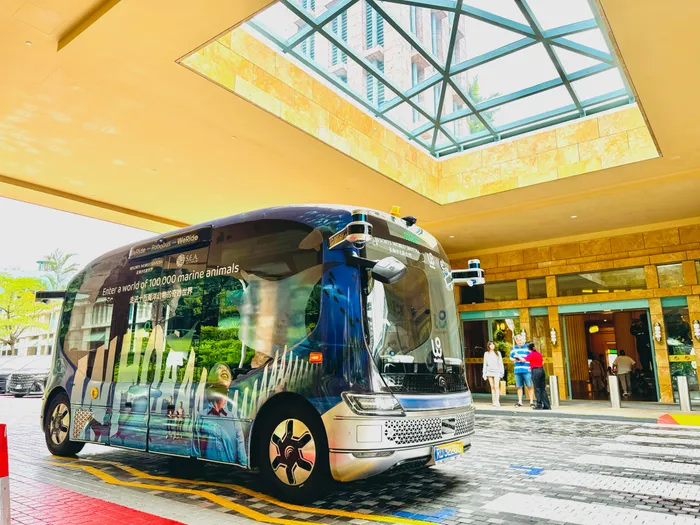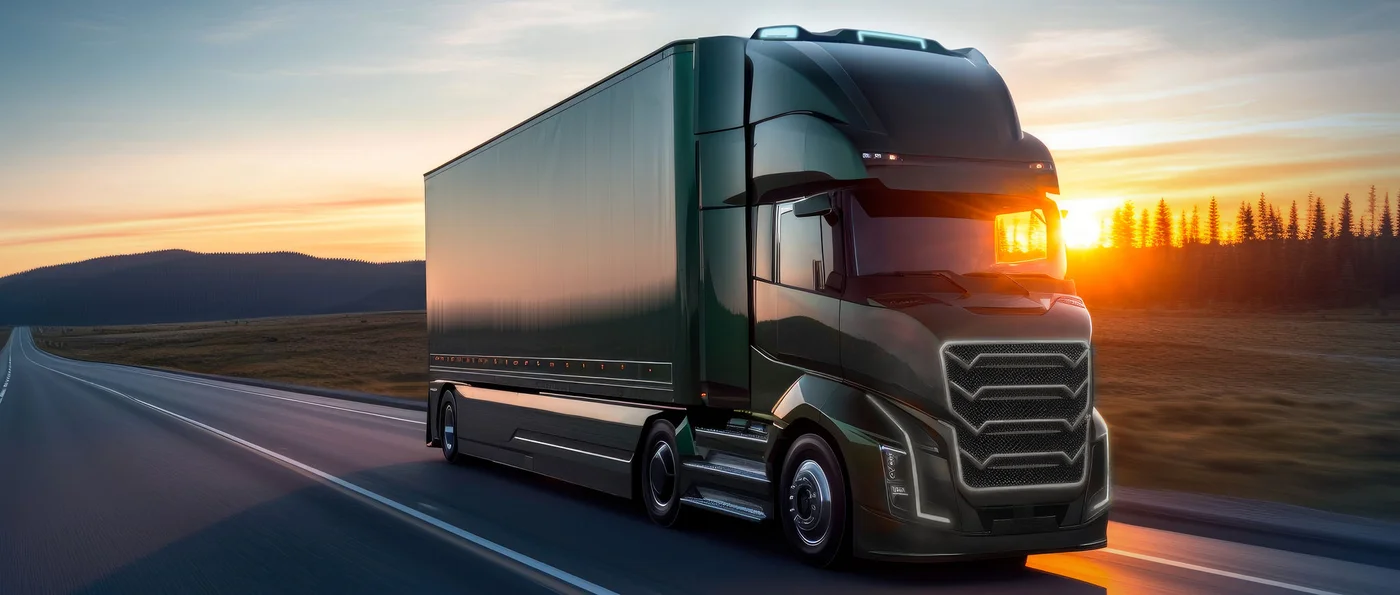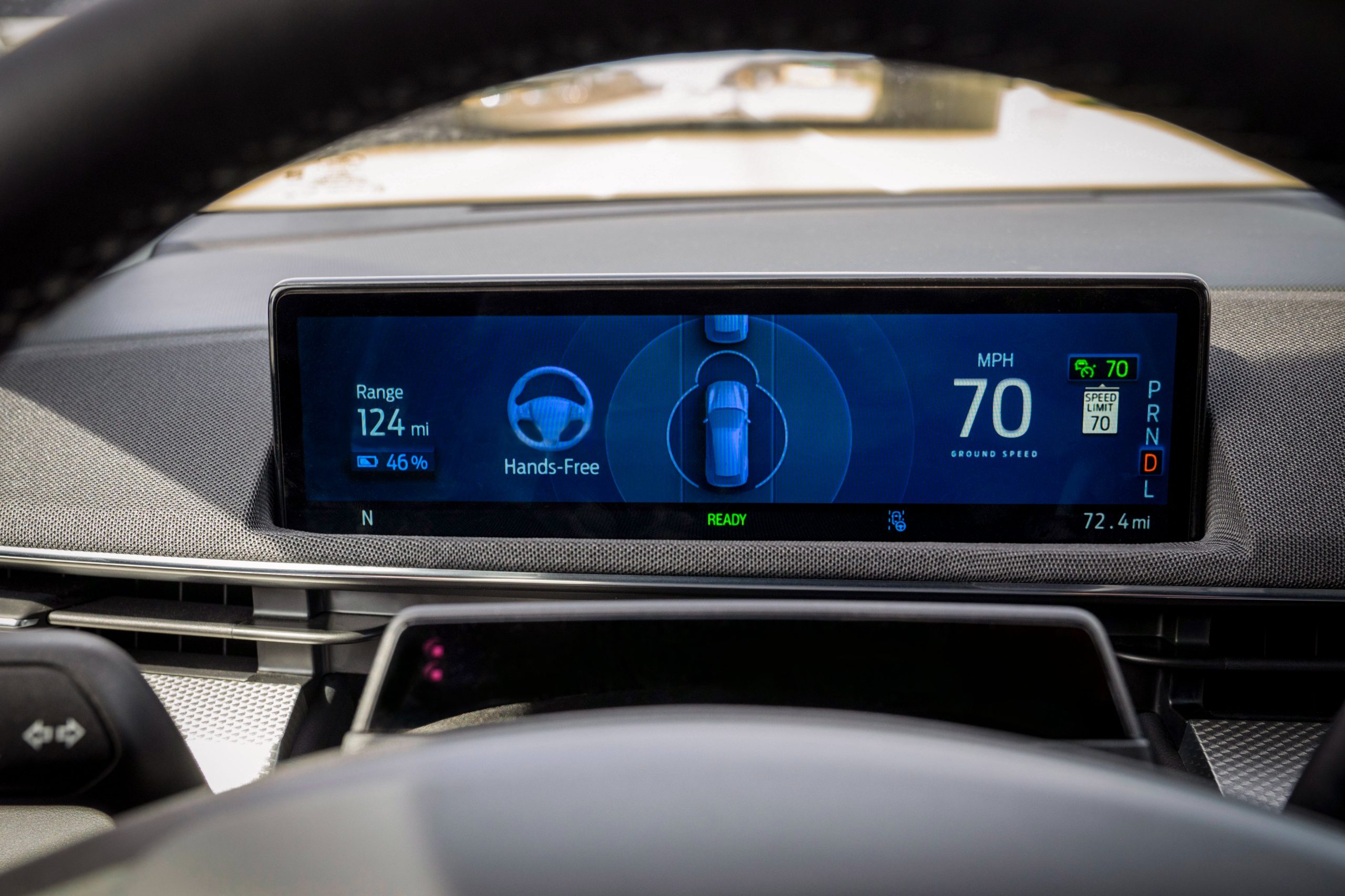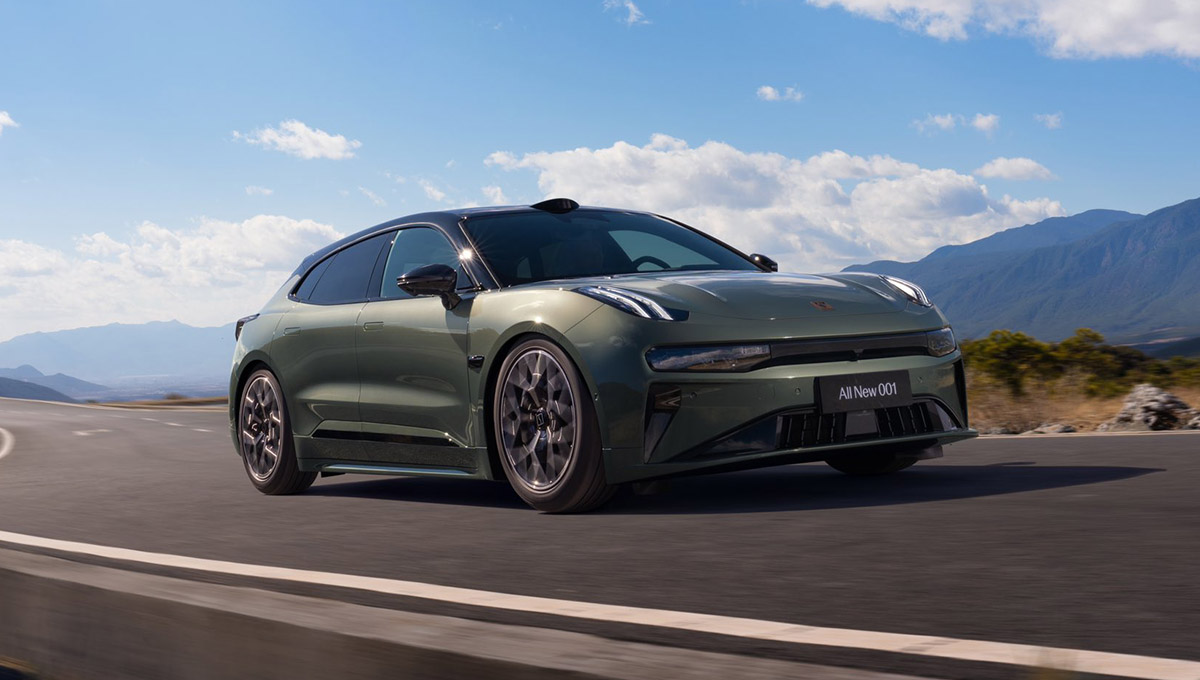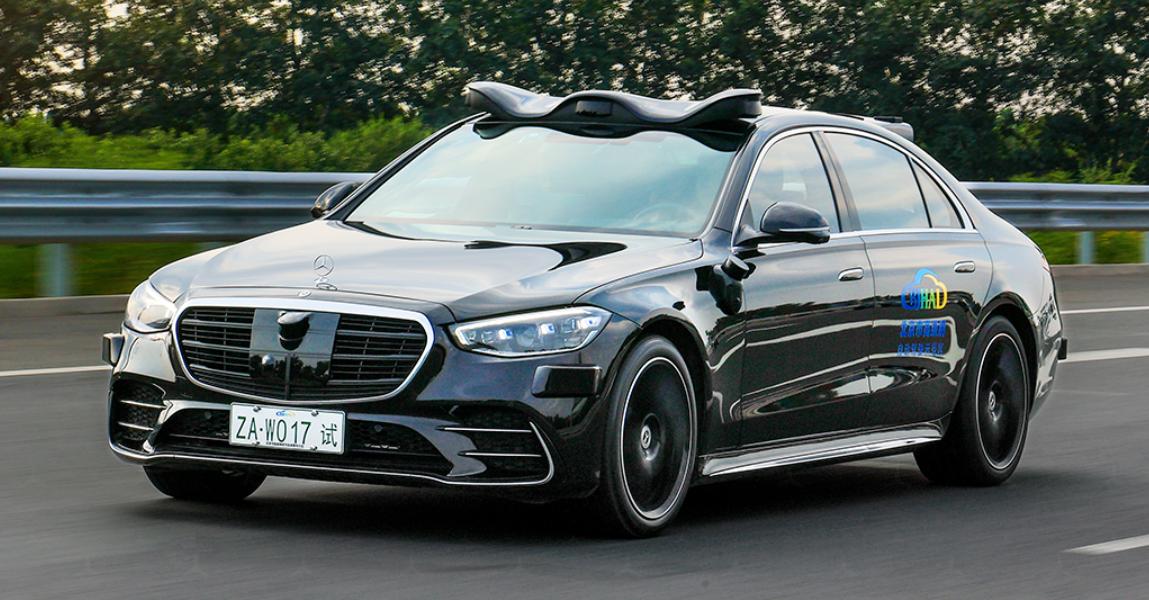General Motors’ self-driving unit, Cruise, plans to resume driverless ride-hailing operations this year, following a suspension triggered by an accident involving one of its robotaxis.
Cruise aims to offer driverless rides later this year, with paid driverless services projected to restart in early 2025, according to sources cited in a Bloomberg report. The company had its permit to offer self-driving rides revoked in October after a robotaxi hit and pinned a pedestrian, who had already been struck by another vehicle.
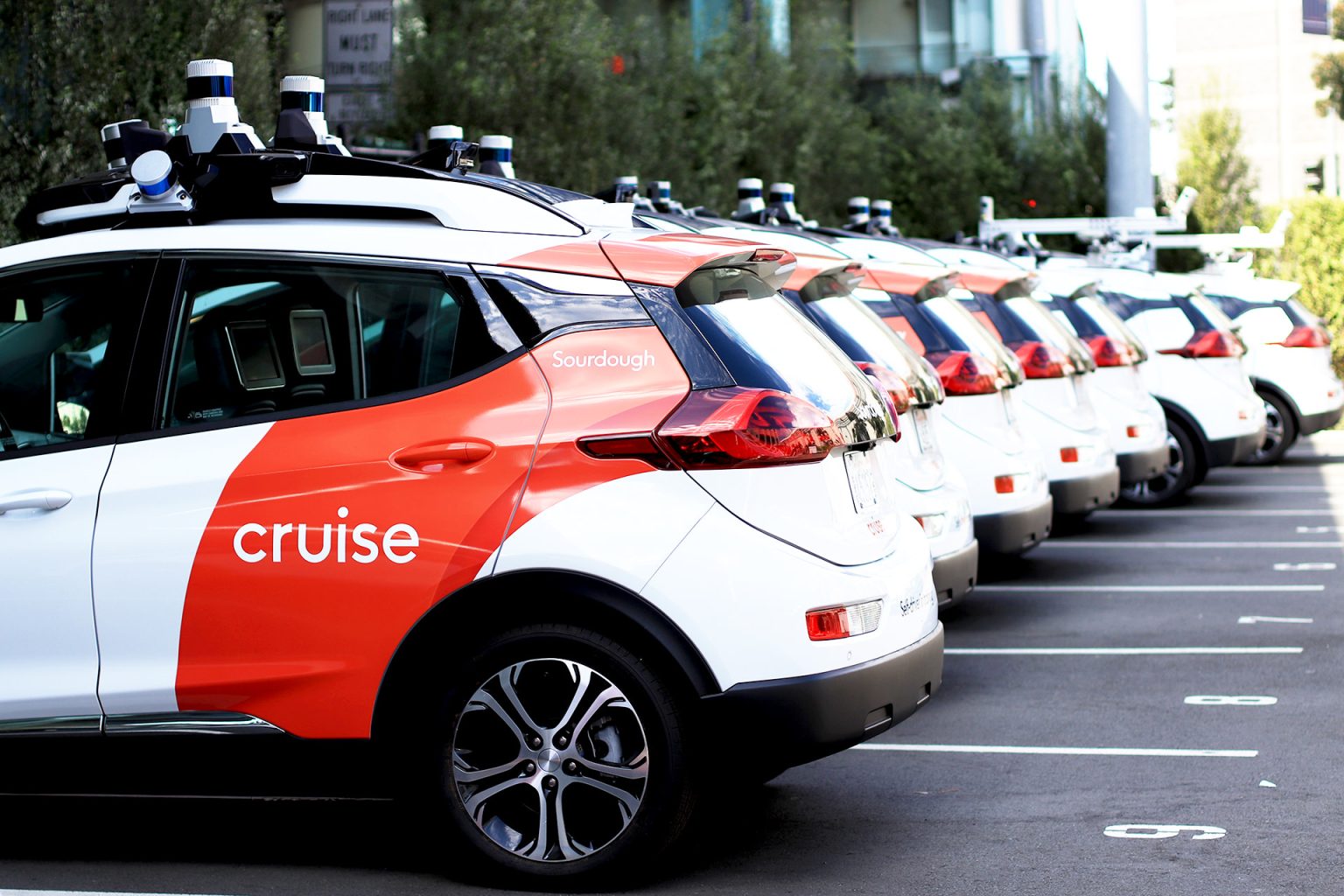
In the wake of the accident, Cruise has been engaged in regulatory investigations and hearings as it seeks to restore trust and resume operations. GM is also exploring additional investment opportunities to support Cruise, after announcing a 50% cut in spending on the self-driving unit earlier this year.
Cruise reported a loss of approximately $1.2 billion in the second quarter and has not yet generated revenue, as it is not charging for rides. The company has begun driver-operated testing in Phoenix and recently expanded to Dallas and Houston.

GM CEO Mary Barra emphasized Cruise’s commitment to restoring trust, stating, “At Cruise, we are committed to earning back the trust of regulators and the public through our commitments and our actions,” in her Q1 letter to shareholders in April.
In February, the California Public Utilities Commission (CPUC) ordered Cruise to pay the maximum penalty for failing to promptly report details of the October accident.
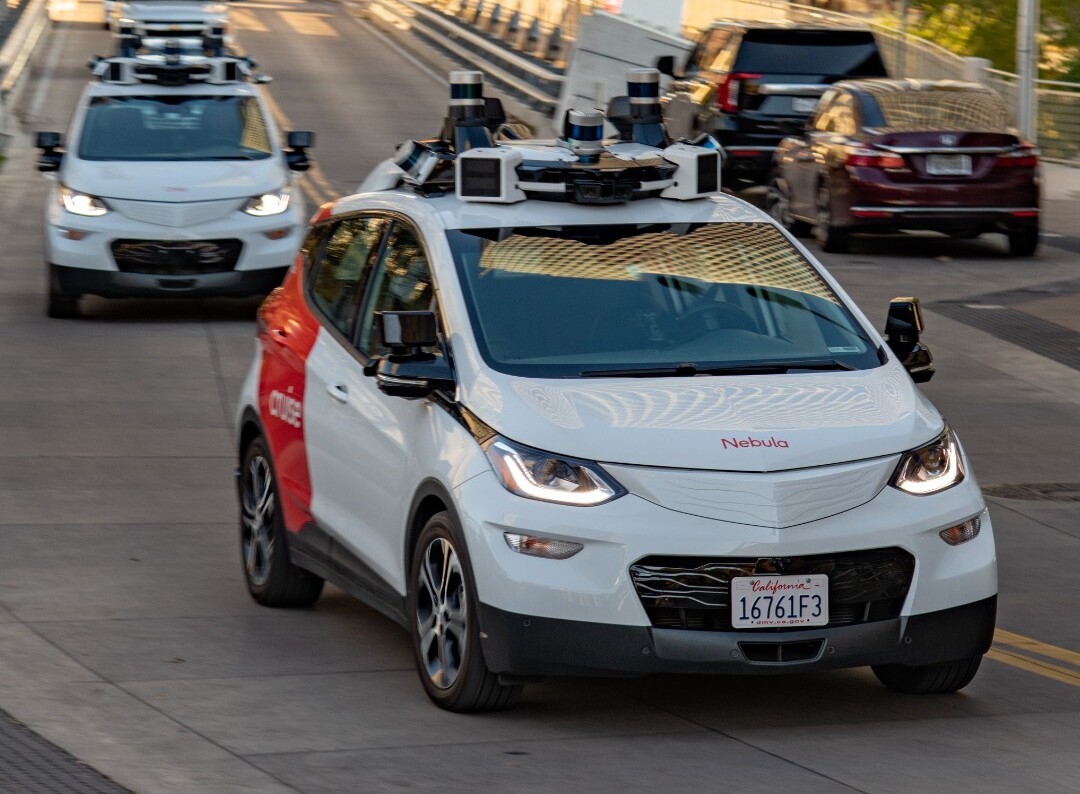
Additionally, GM has announced the termination of the Origin self-driving vehicle project due to regulatory challenges associated with its lack of a steering wheel. The company will now focus its autonomous vehicle efforts on the next generation of the Chevrolet Bolt electric vehicle, set to be produced at its Kansas City assembly plant.

